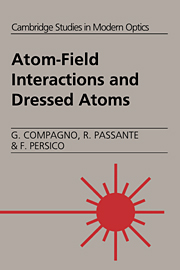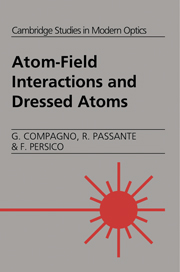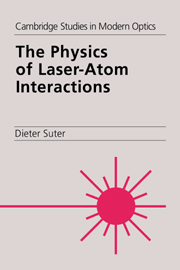Dynamics of Charged Particles and their Radiation Field
This book provides a self-contained and systematic introduction to classical electron theory and nonrelativistic quantum electrodynamics. The first half of the book covers the classical theory in much detail, which the second half explores quantum theory, leading to a coherent presentation of non-relativistic quantum electrodynamics. It covers the interaction between charges and the Maxwell field, with particular focus on the derivation of radiative friction. It provides a coherent presentation with emphasis on radiation phenomena and relaxation to the ground state, space-adiabatic limit, effective mass and g-factor, and removal of the ultraviolet cut-off.
- Self-contained introduction to classical electron theory and nonrelativistic quantum electrodynamics
- Covers more recent research in mathematical physics
- Suitable as a supplementary text for graduate courses
Reviews & endorsements
"The authors has taken a fascinating area of physics, whose mathematical basis has in the past been unjustly neglected, and given us a coherent and thorough presentation of it. I recommend that applied mathematicians look into this book and hope that at least a few get sufficiently hooked by the subject that they are motivated to work on it themselves."
Alan Rendall, SIAM Review
Product details
July 2006Adobe eBook Reader
9780511207198
0 pages
0kg
16 b/w illus.
This ISBN is for an eBook version which is distributed on our behalf by a third party.
Table of Contents
- Preface
- List of symbols
- 1. Scope, motivation and orientation
- Part I. Classical Theory:
- 2. A charge coupled to its electromagnetic field
- 3. Historical notes
- 4. The energy-momentum relation
- 5. Long-time asymptotics
- 6. Adiabatic limit
- 7. Self-force
- 8. Comparison dynamics
- 9. The Lorentz-Dirac equation
- 10. Spinning charges
- 11. Many charges
- 12. Summary and preamble to the quantum theory
- Part II. Quantum Theory:
- 13. Quantizing the Abraham model
- 14. The statistical mechanics connection
- 15. States of lowest energy: statics
- 16. States of lowest energy: dynamics
- 17. Radiation
- 18. Relaxation at finite temperatures
- 19. Behaviour at very large and very small distances
- 20. Many charges, stability of matter
- References
- Index.







